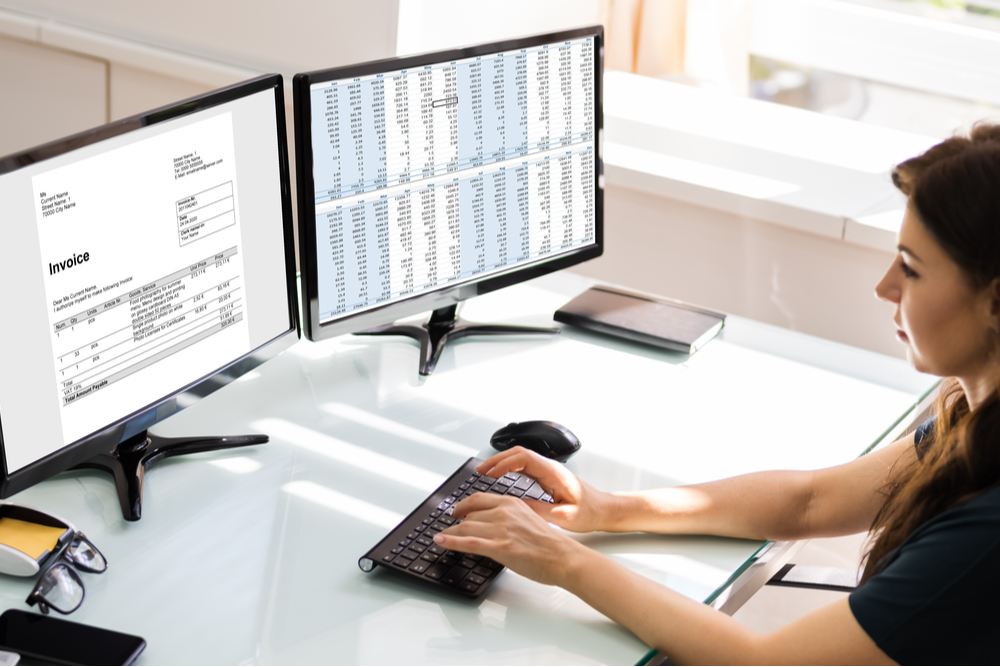New system will enable bank to meet working capital requirements of businesses for decades to come.
Bank of Ireland has made a multi-million investment in a new invoice finance system that will set the bank and its customers up for the future.
The new legacy system entitled Midas replaces a previous platform that has been operational for close to 40 years. The bank is one of the largest and longest serving providers of invoice discounting to the Irish business market.
“The best way to think of invoice discounting is access to real-time finance. It is extremely useful for businesses that need to balance their working capital needs”
Invoice finance, also known as invoice discounting, is an efficient way for businesses to raise working capital by converting trade debts into cash, allowing the firms to keep their books balanced until debts or invoice are paid.
Instead of waiting, businesses can unlock the value of their trade debt and use this to invest in the business, optimise cash flow and negotiate discounts with suppliers.
Using the Midas system, business customers of the bank invoice customers as normal and assign the invoices to the bank which will then release up to 85% of the value of the invoice immediately.
The new system is secure, reliable and flexible and is accessible via smartphone, tablet or notebook computer and allows businesses to assign invoices quickly in batches and request same day payment.
A key feature of the new system is its navigation. Customers log in and access a dashboard that provides them with a view of their sales ledger, balance and funding approved. They can also view available funds, disapproved debts and current dawn down funds. It offers an at-a-glance history of movements in a firm’s accounts and allows users to make a payment request and assign invoices in a few clicks.
The Midas touch: Real-time finance
Derek McDermott, managing director of Bank of Ireland Finance
“We are in this for the long haul, just like our customers, and it is about providing a stable and flexible platform for the future”
Derek McDermott, managing director of Bank of Ireland Finance, said that the new invoice discounting system represents a major upgrade in the bank’s capabilities. A major overhaul of the bank’s car finance approval system is also underway.
“The best way to think of invoice discounting is access to real-time finance. It is extremely useful for businesses that need to balance their working capital needs.”
McDermott explained that surges in business can often be as much of a threat to a company’s wellbeing as downturns in business as the company often has to perform a financial balancing act between the credit needs of suppliers and the credit expectations of customers.
“Unless your finances are elastic, there is always a danger you could go run into challenges. It may sound ironic that business could be going very well but if you don’t have the appropriate financial structure in place, you will have a gap to fill. And that’s where invoice discounting comes into its own.
“There are many businesses that are growing fast and doing well. But if you have to pay a supplier in China for something that could take weeks to get to you and that you haven’t been paid for yet in your own market, you are going to have a draw on your cashflow. For many businesses it could be a situation where they require six months of turnover while their working capital lines near zero.
“Invoice finance allows you to have a permanent working capital resource in place because your short-term finance needs are permanent.
“It makes life easier to get your working capital right so you can then focus on buying and selling the things that you got into business to do.”
McDermott said the new Midas system is a robust structure that interfaces between customers’ ledgers and the the bank’s core systems and that allows it to serve firms’ permanent working capital needs.
“A huge part of the project was getting the new system plumbed into the bank’s legacy systems.
“Our motivation was to replace the previous system with a more modern, robust legacy system that will serve customers for the coming decades but that will be easier to navigate. From an IT perspective we had to make sure that it was rock solid and bullet-proof, and it underwent a lot of cybersecurity testing.
“It comes with better functionality and provides the bank with a real-time eye on customers’ ledgers and working capital requirements,” McDermott concluded.
“We are in this for the long haul, just like our customers, and it is about providing a stable and flexible platform for the future.”







